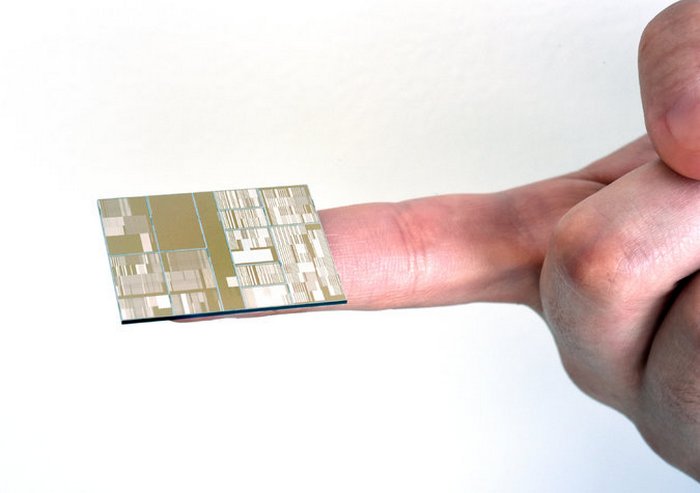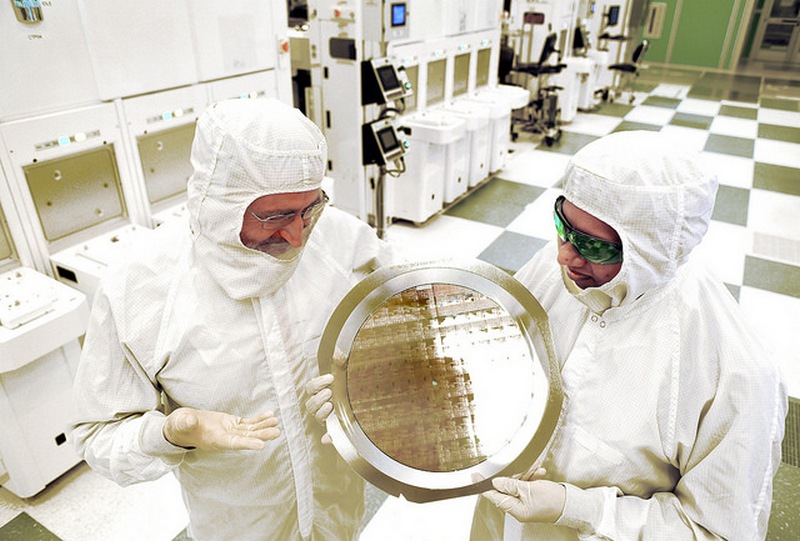IBM Develops a 7-Nanometer Chip Touted as the Industry’s Smallest
Miniaturization in the tech industry appears to be getting a significant and prominent advancement as IBM recently claimed that the computer hardware and software giant has developed the world’s computer smallest computer chip. Last week, IBM announced that a coalition of researchers has successfully developed the world’s first computer chip with transistors that are only 7 nanometers wide. The company claims that they already have a test version of the chip,overcoming “one of the grand challenges” of the industry, as how one IBM spokesperson put it.
The Breakthrough
Microchips made smaller but more powerful have been achieved year after year in the past few decades. However, the task of continuing the miniaturization has become increasingly more difficult in recent years. It didn’t help that it was reported around a year ago that the end of the validity of Moore’s Law is impending.
Fortunately, something good is now being reported. IBM‘s new chip is breaking records as it is the first to feature 7-nanometer transistors. To help you visualize how small these transistors are, know that a strand of human hair is around 80,000 to 100,000 nanometers in width.This means that more than 10,000 to 11,000 of these new transistors put side by side will be needed to equal the diameter of a single human hair strand.
In comparison to the microchips being used in servers and mobile devices, the 7-nanometer chip from IBM is a significant shrinking. Many of the servers and powerful mobile devices nowadays use 22-nanometer and 14-nanometer node chips. The shrinking of transistor or the ability to fit twice as many transistors (doubled density) in the same amount of space usually happens every two years, something called Moore’s Law, but many have been saying that it may no longer happen after the 14 nanometer level. It’s great to know that naysayers are being proven wrong with IBM’s announcement.
How Was the Breakthrough Achieved?
During IBM’s announcement of the record breaking new chip technology, officials mentioned that the impressive development was made possible by replacing pure silicon with silicon-germanium in key regions of the molecular-size switches. Silicon-germanium enables faster transistor switching. Additionally, the use of this silicon replacement material leads to reduced power requirements.
The Chip Tech Advancement Project
IBM Corp. pursued the development of this new chip in a private-public partnership with the State University of New York Polytechnic Institute, GlobalFoundries, Samsung, and a number of equipment vendors. Last year, the company made public the investment of $3 billion for the advancement of chip technology to cope with the staggeringly growing demand for greater processing power in big data, mobile devices, cloud computing, and other technologies that count semiconductors as vital components. The recent announcement is apparently one of the major results of the initiative. IBM officials say that with the development of 7-nanometer chips, it is now possible to create microprocessors that have over 20 billion transistors.
Availability
IBM declined to give any comment as to when the chips will be finalized and become commercially available. Nevertheless, many expect it to be ready for the market by 2018. Intel once said that they will be producing 7-nanometer chips in the future but they neither have shown viable plans in going past the 14-nanometer scale nor have they produced working prototypes. Likewise, Taiwan Semiconductor Manufacturing Company (TSMC) claimed that they already have plans in producing 7-nanometer chips by 2017. However, TSMC has not produced let alone demonstrated a working prototype of the 7-nanometer chips they intend to build.
Next year, the industry is expected to introduce the 10-nanometer generation of chips. TSMC, in particular, announced last April that their 10-nanometer production will start by the end of 2016.
As microchips become more compact and powerful, we can’t help not getting excited as transistors reach atom-level sizes. A diameter of 7 nanometers is just a few times bigger than the atom of gold or a strand of DNA. Will there eventually come a time when transistors are as small as atoms? Will we ever have the technology to make that possible?

